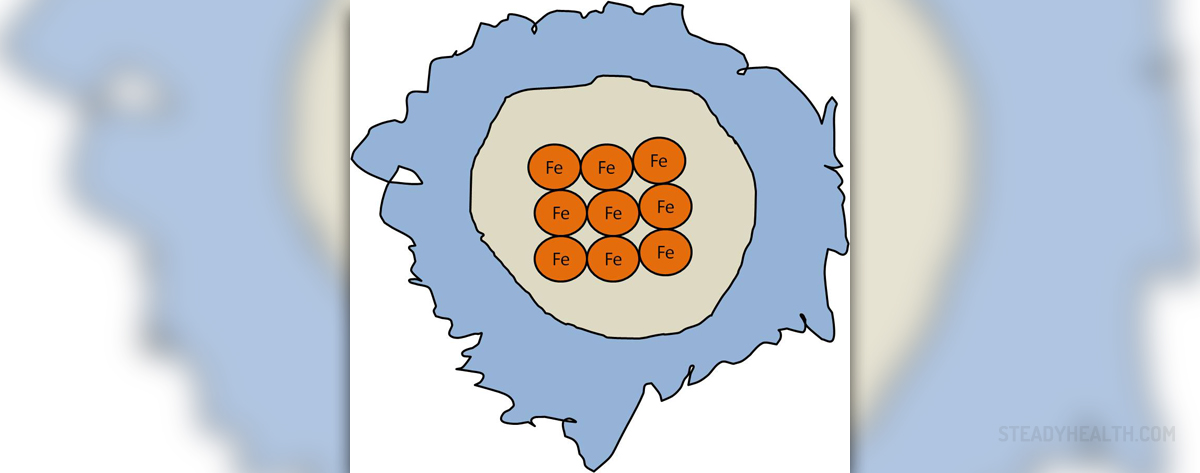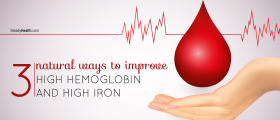
Ferritin
Ferritin is a protein which is normally found in the blood. It is in charge with storage of iron. It also helps in release of iron when necessary. The level of ferritin reflects the amount of iron stored in the body. The amount of ferritin ranges from 30-300 mg/mL in men and 15-200mg/mL in women. If the level of ferritin is way below the average the person does not have sufficient amount of iron stored. This may point to insufficient intake of iron or its inappropriate absorption. In case the level of ferritin is low and the person does not consume food rich in iron or suffers from certain illnesses which interfere in absorption of this metal it is inevitable that iron deficiency anemia will occur. Apart from being reduced the level of ferritin can be also elevated. Increased level of ferritin is not considered good since it carries a risk of certain complications. The complications related to high level of ferritin in the body result as a consequence of excessive buildup of iron in the body.
Causes of Elevated Ferritin
Elevated ferritin may be hereditary or acquired. Genetic predisposition for high level of ferritin is seen in medical condition called hemochromatosis.
Acquired form of the disease occurs in case of certain blood disorders such as hemolytic anemia and megaloblastic anemia, alcoholic liver disease, intake of excessive iron via supplements, repeated and frequent transfusions, chronic hepatitis etc. Furthermore, elevate ferritin can be a characteristic of certain malignant tumors such as Hodgkin's disease and autoimmune diseases (systemic lupus erythematous, rheumatoid arthritis etc.).
Elevated ferritin leads to excessive accumulation of iron and this may cause damage to may organs and organ systems in the body.
Symptoms of Elevated Ferritin
Initially, there are no symptoms and signs of elevated ferritin. Progression of the disease eventually leads to onset of specific symptoms which include pain in joints, lethargy, general body weakness, fatigue, loss of libido, darkening of the skin and pain in abdomen. Skin discoloration predominantly affects skin folds and is most prominent under the armpits. In some people elevated ferritin may induce cardiovascular problems and heart disease.
Treatment for Elevated Ferritin
Elevated ferritin can be easily identified thanks to a simple blood test. The test measures serum ferritin and transferrin saturation.
The treatment for elevated ferritin depends on the underlying cause. In some cases excess of ferritin is removed by therapeutic phlebotomy. This procedure is basically performed in people suffering from hemochromatosis and in case of several more medical conditions which are not connected with elevated ferritin. Therapeutic phlebotomy includes removal of specific volume of the blood from the body.

















Your thoughts on this
Loading...